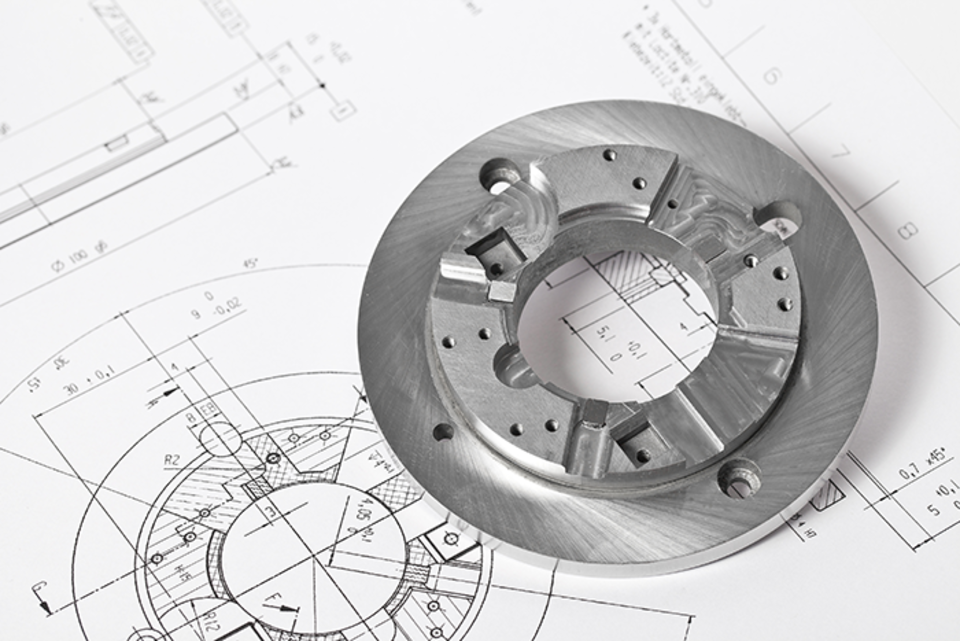- DE
- EN
Product development has a fundamental influence on the resource efficiency of a product. Resource-conscious and forward-looking product development can significantly influence the use of materials and consequently the cost expenditure along the entire product life cycle. With regard to finite re-sources, it should be a pillar of the strategic orientation of the business.
 ©
Jennewein Photo/Fotolia.com
©
Jennewein Photo/Fotolia.comCooling lubricants (coolants) are of great importance in metal cutting and forming. They increase the productivity and cost-effectiveness of the processes. In companies in the metalworking industry, water-miscible cooling lubricants are used in around 90 % of machining processes. They consist of a mostly mineral oil-based base oil and an additive package.
 © Kadmy/Fotolia.com
© Kadmy/Fotolia.comThe digital transformation in industrial production offers considerable potential for increasing material and energy efficiency in companies. At the same time, the digitisation technologies used also require resources themselves: materials, including critical raw material, are used in the production of ICT components. Furthermore, the digital transformation can lead to higher energy consumption. The study "Resource efficiency through industry 4.0 - Potentials for SMEs in the manufacturing sector" focuses on this conflict between opportunities and challenges.
 © VDI ZRE
© VDI ZREStationary energy storage systems are a necessary component of a future power supply system with high shares of renewable energies. Used in decentralized industrial applications, they help to increase resource efficiency while minimizing the costs of power supply. Storage solutions for the short to medium-term storage of electrical energy are therefore seen as a contribution to the success of the energy transition being driven forward in Germany.
 © Cybrain/Fotolia.com
© Cybrain/Fotolia.comAdditive processes as a key technology of digitisation are considered to be faster and more cost-effective. Among other things, because less scrap is produced and less waste is generated during manufacturing. Using a specific case study, the study compares the resource consumption of an additive manufacturing process with a conventional manufacturing process.
 © PantherMedia / moreno.soppelsa
© PantherMedia / moreno.soppelsa